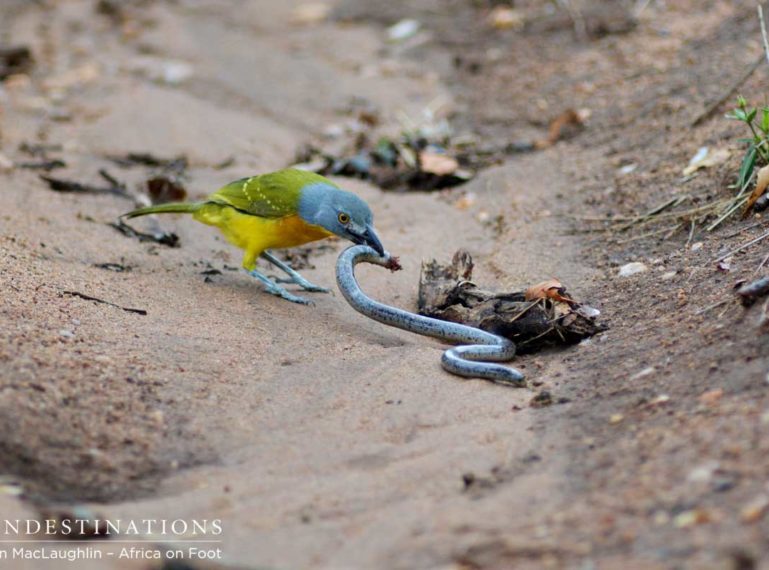
When you’re on the lookout for predators, it’s more than likely you are scanning the ground for twitching, black ears, or the swish of a spotted tail. Generally big cat characteristics. Squirrels go ballistic and impalas bark, alerting you to the presence of a hunter in the midst. Unless you are an avid bird watcher, it is unlikely you are looking for a killer bird! Well, here are a couple that took us by surprise while on game drive with Africa on Foot recently…
The grey-headed bush shrike is heard rather than seen, which is unfortunate given the sheer beauty of the ‘ghost bird’. Nicknamed due to its eerie call, the grey-headed bush shrike sends long, spooky whistles into the bush from a secret hiding place. The local Shangaan people of Limpopo believe that the ghost bird carries the spirit of their deceased ancestors. So, according to this bird’s description, it should be some sort of serene guardian angel with brightly coloured wings, gentle yet orating call, and represent the memory of passed loved ones… However, the grey-headed bush shrike is in actual fact, quite the established hunter, and is aggressive enough to have even taken on a deadly boomslang!
On this occasion, it was not a boomslang, but a defenceless, blind snake. Still, the size of this small snake seemed far too big a mouthful for this rather small bird that was viciously trying to kill it. We were delighted that we could get such a good look at this astonishingly beautiful bird with its bright orange, yellow and green plumage. The Schlegel’s beaked blind snake had no chance against this formidable hunter and had a terrible time being pecked and picked up and dropped, but nature is what it is, and we were superbly privileged to have witnessed the action.
The very next game drive with Africa on Foot, we drove to Buffel Dam – a popular spot for elephant, buffalo, and lion during the rainy season; however, now that the rain is coming down less and less, the dam has dried up somewhat and what is left is a muddy dent in the earth. A perfect wallowing pool for rhino and warthog, and the last of the catfish that remain splashing around in the shallows, attracting the attention of our second killer bird; the saddle-billed stork.
Again, this large, colourful stork usually takes flight when a game viewer approaches to admire it, but this one was preoccupied by its predator instinct. Two hamerkops hung around, searching for frogs and smaller varieties of mud-dwelling creatures, while this lone stork was driving its strong bill into the almost-lifeless body of a barbel. Picking it up and putting it down for another vicious stab, the saddle-billed stork had struck it lucky with a barbel of this size, and we managed to watch as the bird finally gripped the fish and chugged it down without much effort at all.
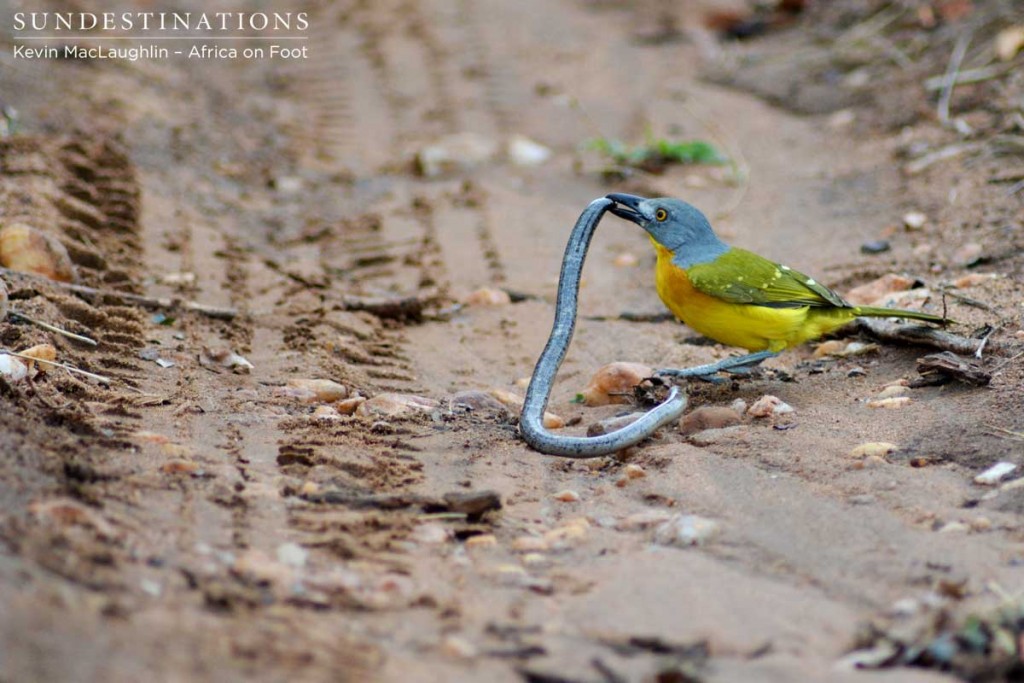
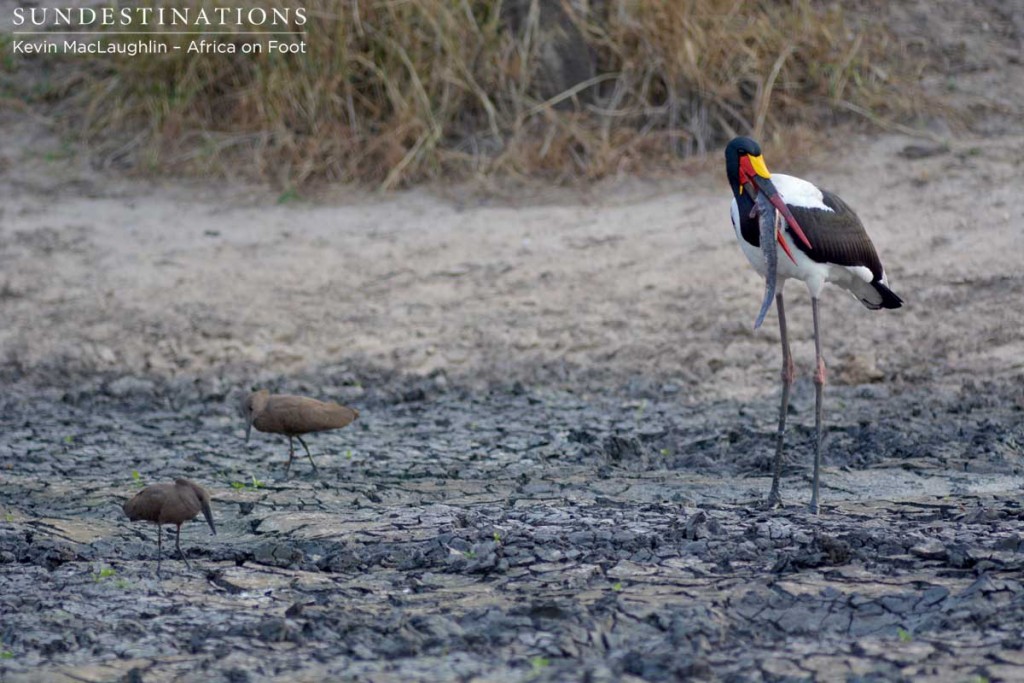
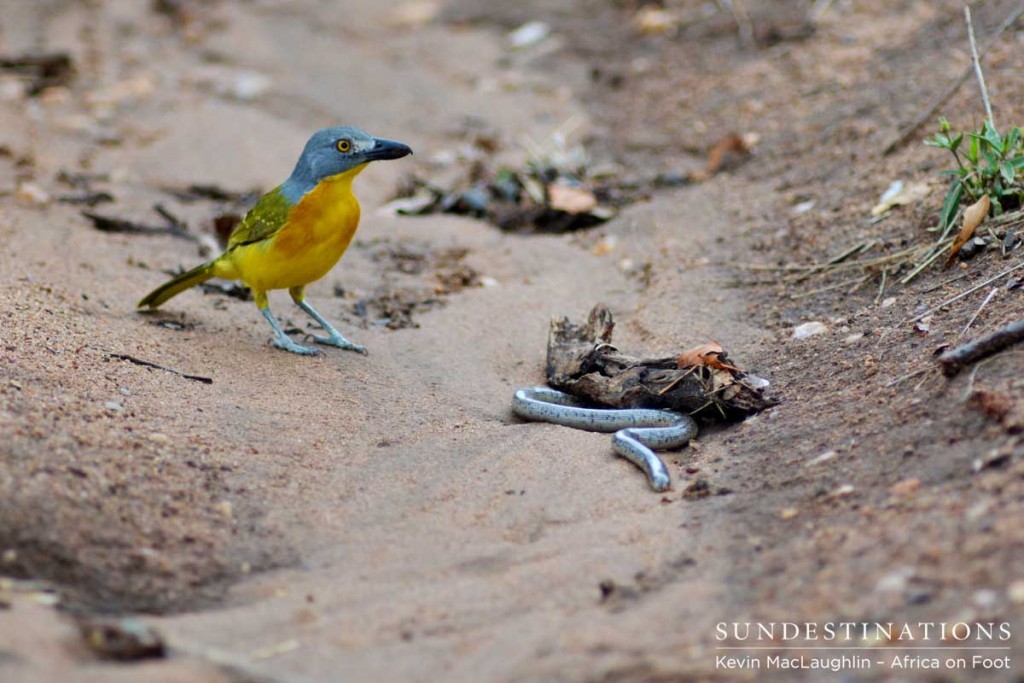
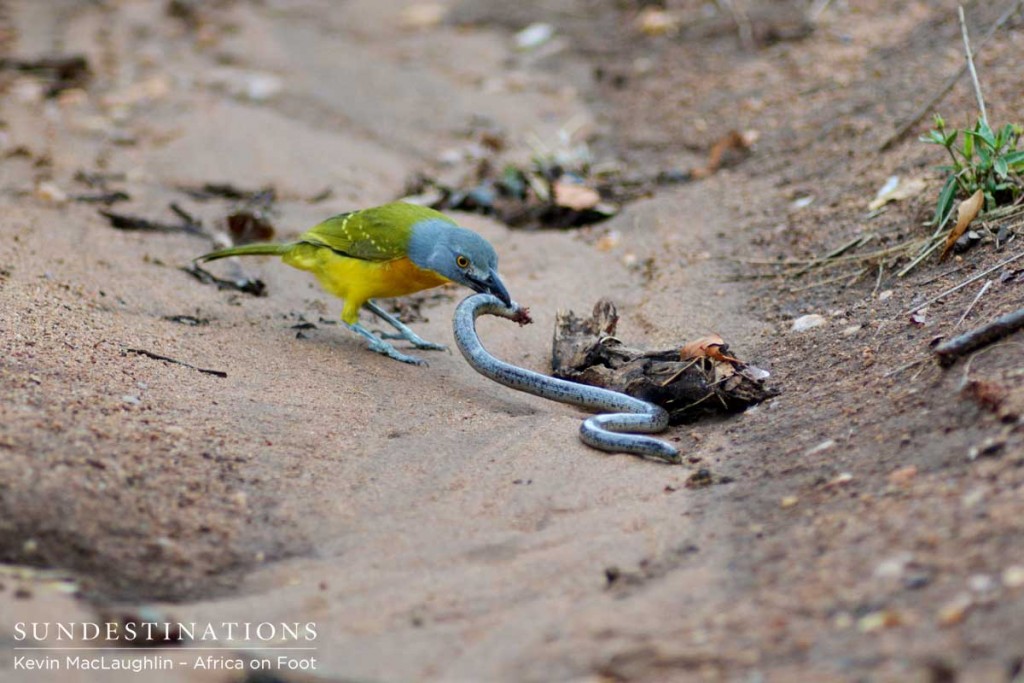
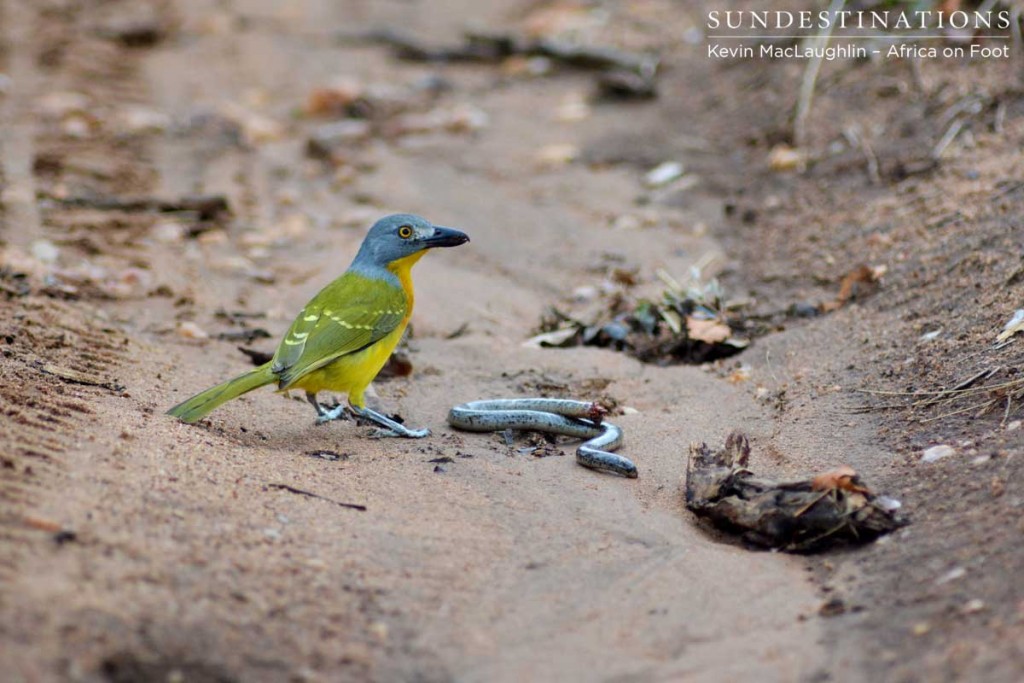
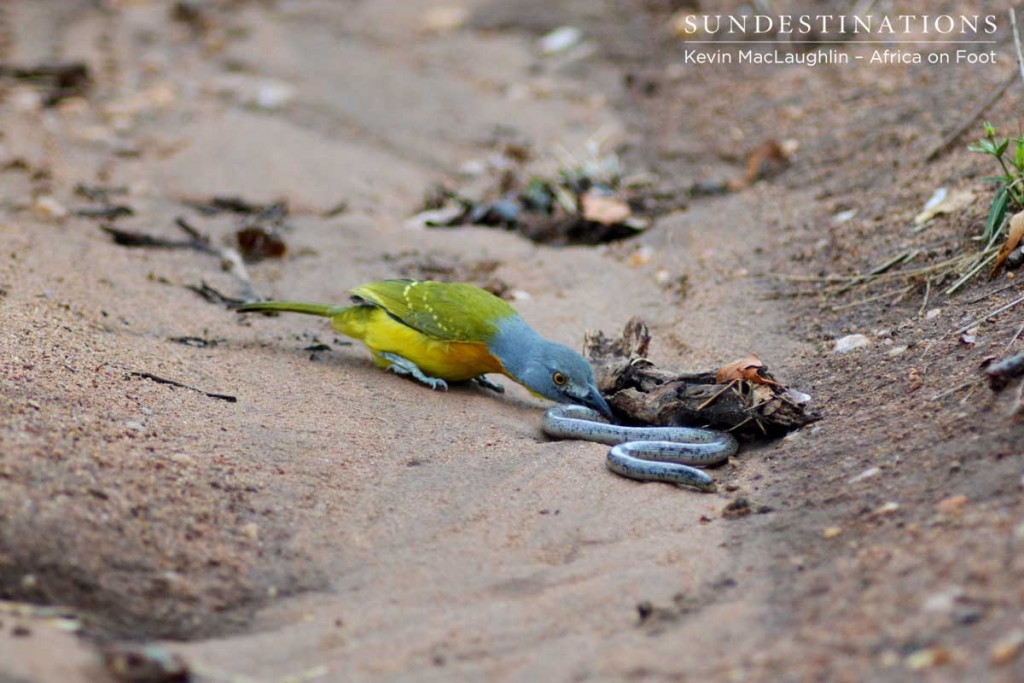
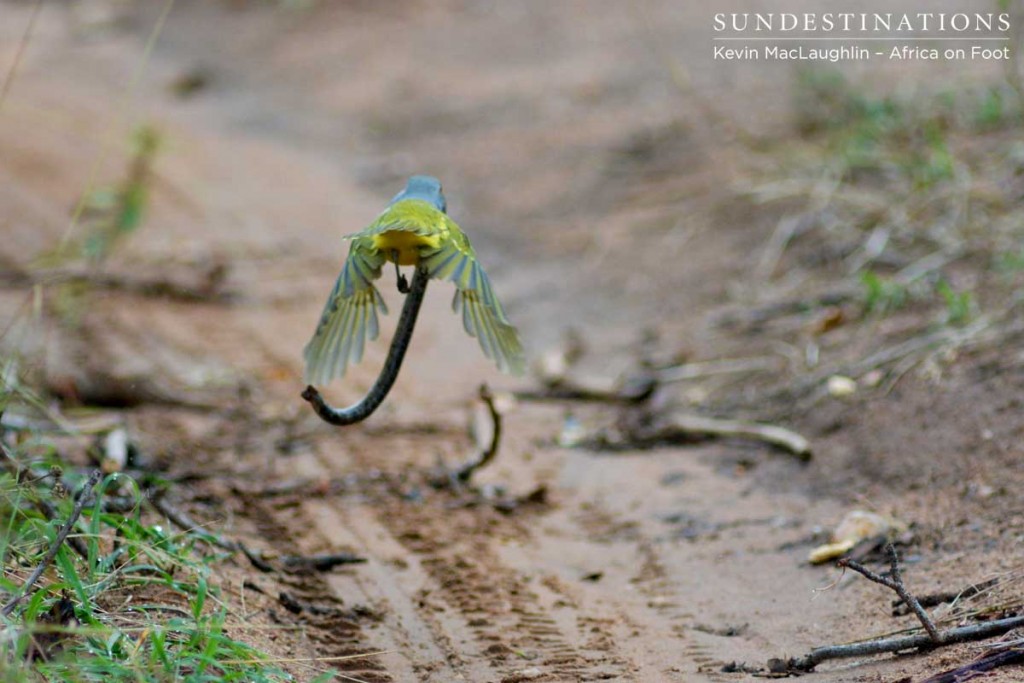
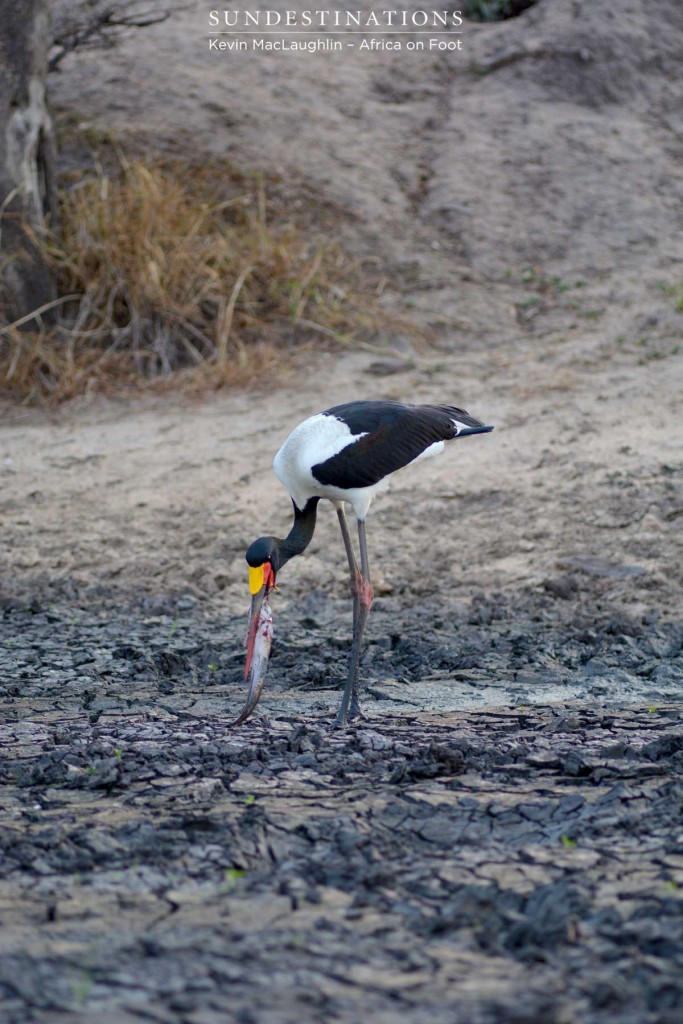
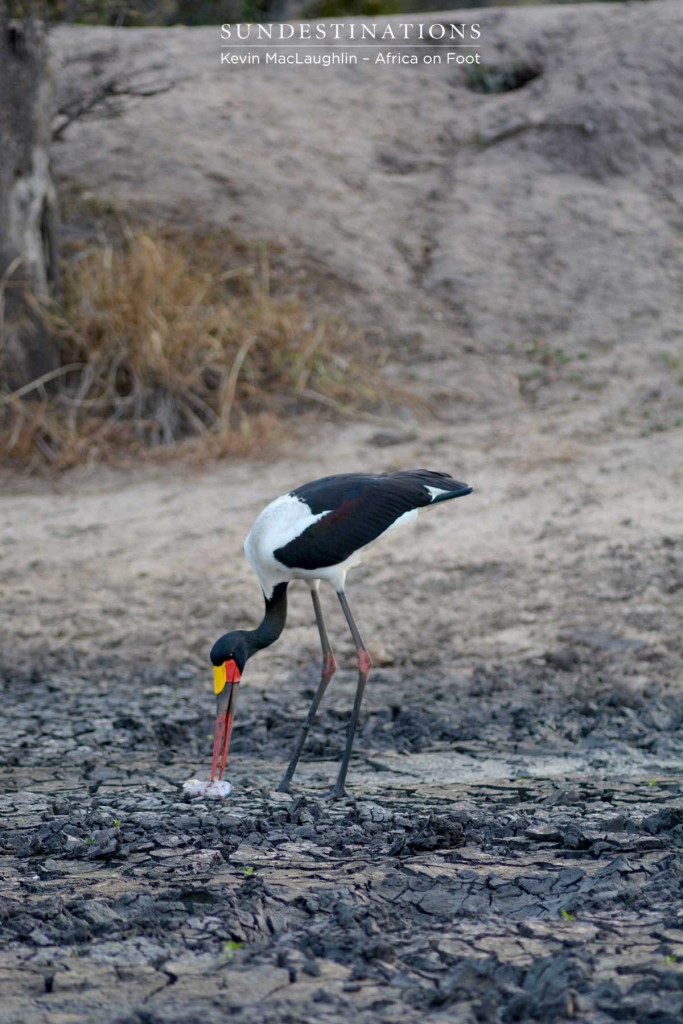
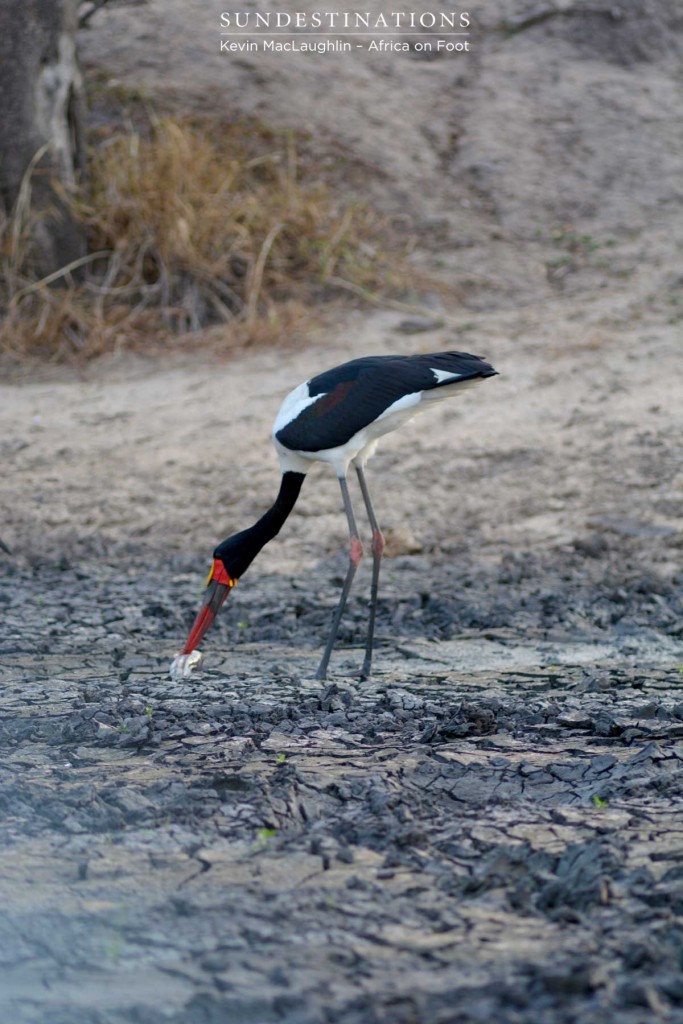
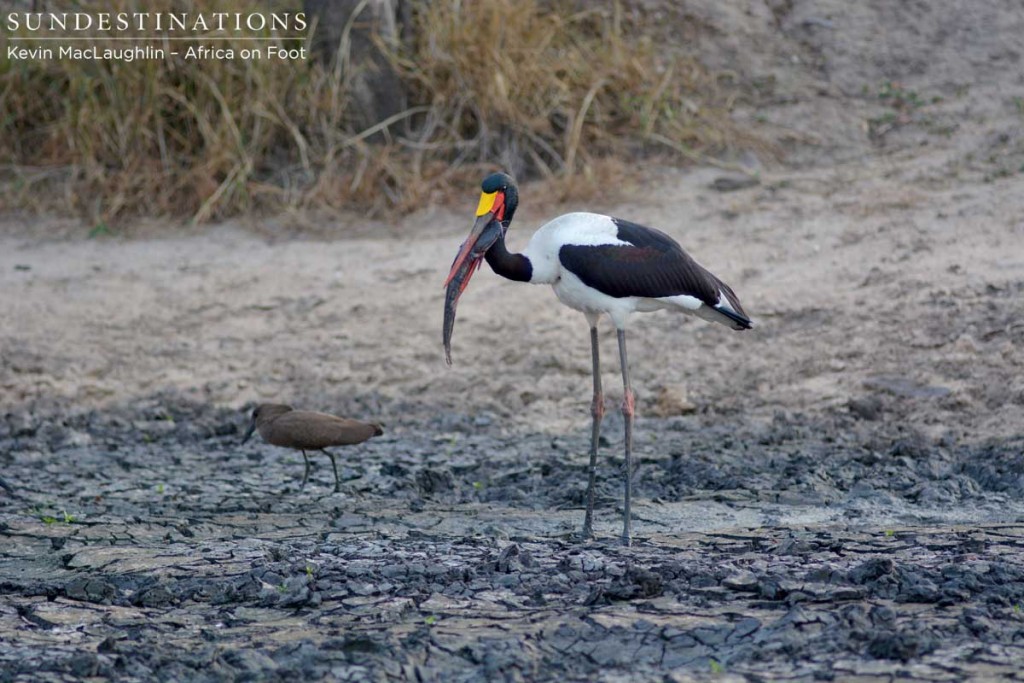
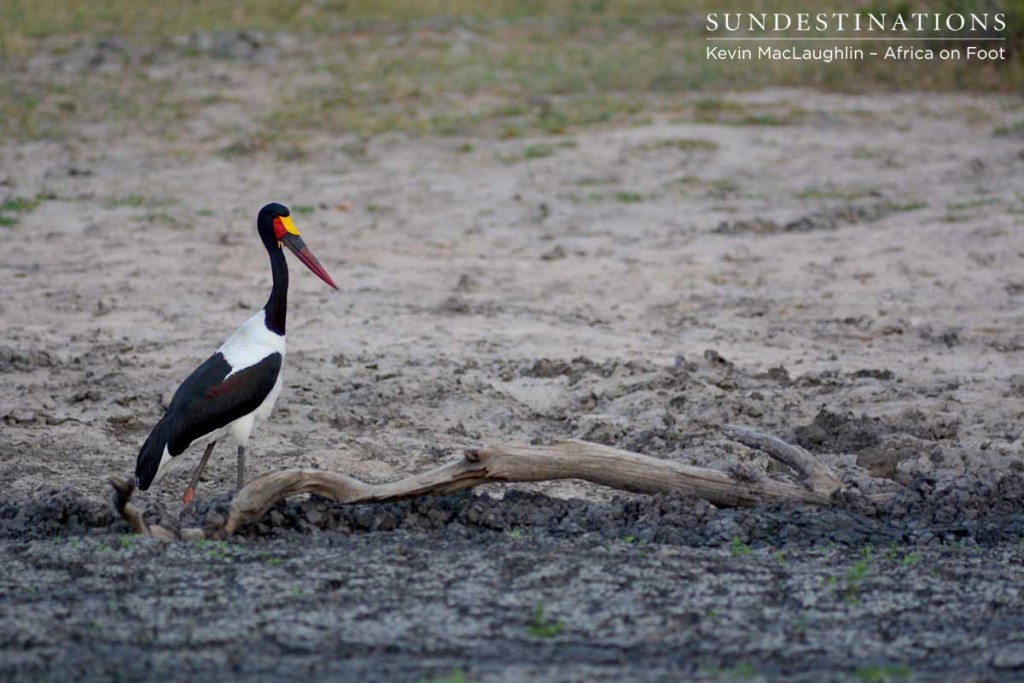
Leave a Comment